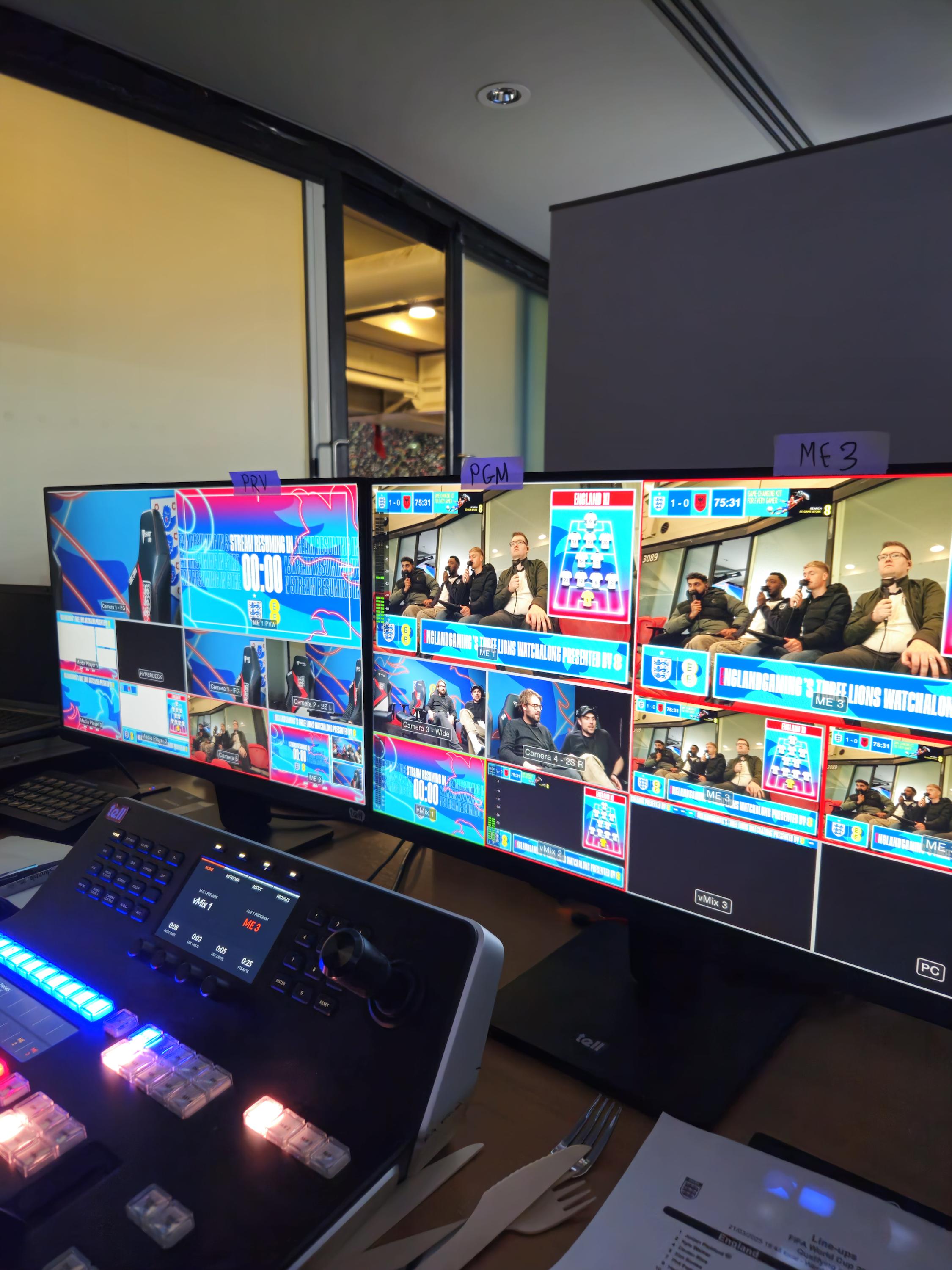The importance of graphics within a sports broadcast

In modern sports broadcasting, graphics are no longer a supplementary visual aid, they are a central element of how the game is presented, understood, and consumed by audiences. From the score bug in the corner of the screen to complex real-time player statistics and heat maps, graphics bring structure, clarity, and narrative depth to live sports. They guide the viewer's experience, highlight key moments, and often become a visual signature of a particular broadcaster or event.
One of the primary functions of on-screen graphics is to enhance viewer comprehension and engagement. Live sport is inherently fast-paced and often complex, especially in games with fluid tactics or scoring systems. Graphics make this digestible, breaking down plays, providing context with statistics, and offering visual replays that enrich understanding. For example, in football, real-time xG (expected goals) metrics or VAR explanations offer insight into decision-making and game momentum. In Formula 1, live tyre wear data, track maps, and timing graphics transform an otherwise technical sport into a more accessible and immersive experience.
Beyond storytelling, graphics are also a powerful tool for maintaining consistent viewer attention. In an age of second screens and digital distractions, visual updates help anchor the viewer to the live action. Dynamic graphics during breaks in play, interactive overlays, or real-time data visualisations can keep audiences engaged, even in quieter moments of the game. With the rise of multi-platform viewing, broadcasters now tailor graphics to suit not just television, but mobile and streaming platforms, prioritising clarity, scale, and speed of delivery.
Importantly, graphics also offer a subtle yet effective avenue for commercialisation. Traditional sponsorships and advertising slots are well established, but as viewers increasingly tune out during breaks or skip ads altogether on digital platforms, integrating branding within the broadcast graphics has become a valuable opportunity. For example, a sponsor's logo may appear beside the scoreline or be embedded into player statistic panels. These placements are non-intrusive and contextually relevant, often seen by viewers as part of the broadcast rather than an overt advertisement.
Some broadcasters have taken this further by creating branded segments, such as “The [Sponsor] Stat of the Game” or “Powered by [Brand]” graphics during replays or highlights. These methods maintain the aesthetic integrity of the broadcast while giving brands meaningful exposure. As technology evolves, there is increasing potential for region-specific and personalised graphic-based ads, enabled through AI and digital overlays, a model already being trialled in some streaming services.
In summary, graphics are indispensable to the storytelling and functionality of sports broadcasts, elevating both viewer experience and production value. When used intelligently, they also present a modern, tasteful way to incorporate commercial elements without disrupting the flow of the game. This blend of information, aesthetics, and subtle monetisation reflects the evolving nature of sports media, where innovation serves both the audience and the business.





